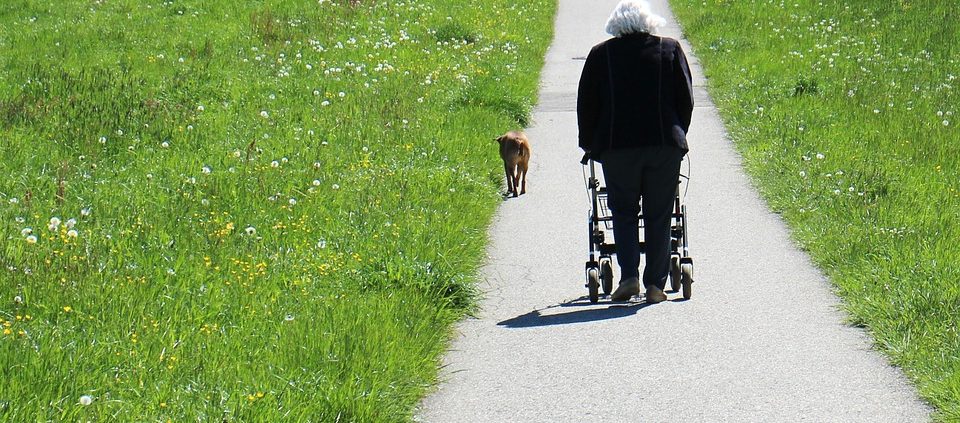Expanding PACE to Serve a Larger Population of Seniors
Older adults face a number of difficult choices in determining a favorable residential arrangement. An especially daunting challenge is reconciling the need for independence with ensuring access to necessary health care and services. While today there are more options than ever marrying services with residential housing, seniors have made their preferences clear: seven out of ten older adults would prefer to spend their last days at home. This orientation towards aging in place is reflected in the results of multiple surveys showing a clear preference for this residency option. And yet, fewer than 25 percent actually do age in place, and many seniors end up in long-term care facilities. In 2014, 1.2 million people age 65 and older were residents of nursing homes.
For many seniors, nursing homes remain an unfavorable option. While the reasons for this are numerous, some of the stigma surrounding this residency model is related to the volume of reports of elder abuse. One study of Iowa nursing homes, for instance, found the rate of annual abusive events, defined as physical, financial, neglect or sexual abuse, was 20.7 per 1000 residents.
That many seniors see nursing homes as less than ideal has created great demand for different options. Fortunately, there are many programs offering alternatives to nursing homes with varying degrees of success. PACE is one such program that has been proven effective and is poised for expansion thanks to an innovative funding solution from the Altarum Institute.
The Program of All-Inclusive Care for the Elderly (PACE) offers community-based integrated care and support services for nursing home eligible adults older than 55. The program model is unique in that it provides comprehensive medical, rehabilitation, and supportive services for its clients in both PACE Centers and the client’s home. With a rich history of service to older adults spanning back to 1971, 16 years before the Nursing Home Reform Act sought to correct the neglect within nursing facilities, PACE has acted as a trailblazer in age-in-place nursing home alternatives.
In Massachusetts, PACE has been distinctly successful in achieving its goal of keeping enrollees in their community for as long as possible. In the five years after enrollment in the program, participants in PACE experienced a 14 percent reduction in nursing home residency months compared to non-PACE enrollees. Furthermore, in the first year following PACE enrollment, there was an 18 percent reduction in mortality rate in participants versus the general senior population.
There are some limitations to PACE’s scope. One of the more stringent conditions is that enrollees must live within the service area of a PACE center. All current users are eligible for both Medicaid and Medicare— however, only about 27% of elderly persons living with serious disabilities are dually eligible. Under the current system, Medicare-only beneficiaries can enroll in PACE, but they would have to pay the full Medicaid rate out-of-pocket, making it a less desirable care option. This funding conundrum leaves many elders who could greatly benefit from PACE unable to enroll due to financial constraints but, in their 2017 Better Government Competition proposal, the Altarum Institute offers a method to change that.
PACE serves over 40,000 participants in 31 states, but the Altarum Institute believes this is only a fraction of the seniors who could be benefiting from the program. Altarum wants to expand PACE to offer a graduated set of bundled payments to reflect the level of care required as health declines. This would help to accommodate 3 specific populations who are not benefiting from PACE currently: low income elders living in their community who do not qualify for Medicaid but need nursing home level care; seniors who need nursing home level care and cannot pay for long term care services; and elders whose health is declining but not to an extent that requires nursing home level of care.
The expansion of PACE to more populations via tiered cost bundles is as considerate to seniors’ wishes as it is economical to their wallets. Not only does this program have the potential to keep thousands in their homes longer, but an expansion of PACE would slow spend-down to Medicaid and save money for individual families and the state by making the program more efficient.




Leave a Reply
Want to join the discussion?Feel free to contribute!